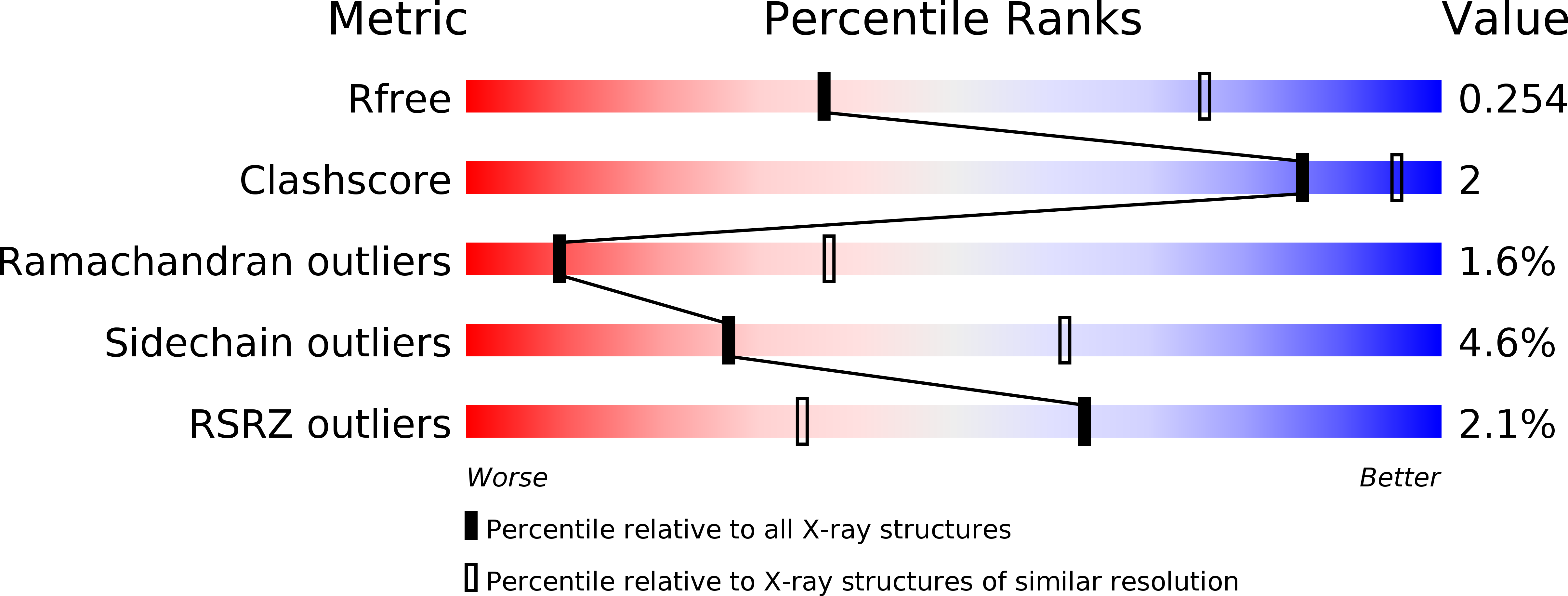
Deposition Date
2014-11-03
Release Date
2015-12-30
Last Version Date
2024-10-23
Method Details:
Experimental Method:
Resolution:
3.05 Å
R-Value Free:
0.25
R-Value Work:
0.19
R-Value Observed:
0.20
Space Group:
P 21 21 21


